FALL 51-05-8 Procaine Hydrochloride For Reduce Pain
Schnelles Detail
Produktname: Procain HCL
Anderer Name: Procainhydrochlorid
FALL: 51-05-8
Aussehen: white crystals powder
Reinheit: 99%
Warenzeichen: Pharmalabor
Original: China
White Powder Muscle Building Steroide Epiandrosteron: Pharmazeutische Klasse
Paket: Verkleidetes Paket ; Folienbeutel
Lieferdatum: 3-5 Arbeitstage
Zertifikat: ISO 9001, USP,GMP
Zahlung: Western Union, MoneyGram, T/T, Pregnenolon-Rohpulver CAS
Versand: EMS,HKEMS,EUB,ETK,FEDEX,DHL,UPS,Aramex,ETC
Politik: Rückversandrichtlinie
Molekularformel: C13H21ClN2O2
Molekulargewicht:272.77
Spezifikation
| Testgegenstände |
Spezifikation |
Testgegenstände |
| Aussehen |
Bußgeld, Weiß, kristallin, geruchloses Pulver |
bestätigen |
| Identifizierung |
ABC im Pass |
bestätigen |
| Löslichkeit |
Sehr gut wasserlöslich, löslich in Alkohol; unlöslich in Ether und Benzol |
bestätigen |
| USP-Referenzstandards |
USP Tetracaine Hydrochloride RS. USP Endotoxin RS. |
bestätigen |
| Schmelzpunkt |
145~150 Grad |
146.0~147.5
Grad |
| Chromatographische Reinheit |
Im Pass |
bestätigen |
| Verwandte Substanz |
Nicht mehr als die Referenzlösung 0.05% |
bestätigen |
| Schwermetalle |
≤10ppm |
bestätigen |
| PH |
4.5-6.5 |
5.8 |
| Glührückstand |
≤0,10 % |
0.05% |
| Trocknungsverlust |
≤ 0.5% |
0.19% |
| Assay |
98.0 -101.0% |
100.1% |
| Fazit |
Bestätigt USP 32 |
Beschreibung:
Procainhydrochlorid, also called Novocain, or Procaine HCl, synthetic organic compound used in medicine as a local anesthetic. Introduced in 1905 under the trade name, it became the first and best-known substitute in local anesthesia. Generally used in a 1 zu 10 percent saline solution, procaine hydrochloride is administered by injection for infiltration (area flooding as in dental anesthesia), nerve-block, spinal, and caudal anesthesia. Unlike cocaine, procaine is not toxic, addicting, or irritating. It has been displaced somewhat by the chemically related drugs lidocaine and mepivacaine, which produce prompter, more intense anesthesia.
Procaine was first synthesized in 1905, shortly after amylocaine. It was created by the German chemist Alfred Einhorn who gave the chemical the trade name, from the Latin nov- (meaning new) and -caine, a common ending for alkaloids used as anesthetics. It was introduced into medical use by surgeon Heinrich Braun. Prior to the discovery of Stovaine and, was the most commonly used local anesthetic. [Zitat erforderlich] Einhorn wished his new discovery to be used for amputations, but surgeons preferred general anesthetic. Dentists, jedoch, found it very useful. Einhorn was displeased by this and spent many years touring dental schools to advise them not to use it.
The primary use for procaine is as a topical anaesthetic.Procaine is used less frequently today since more effective (and hypoallergenic) alternatives such as lidocaine (Xylocaine) exist. Wie andere Lokalanästhetika (such as mepivacaine, and prilocaine), procaine is a vasodilator, and is often coadministered with epinephrine for the purpose of vasoconstriction.






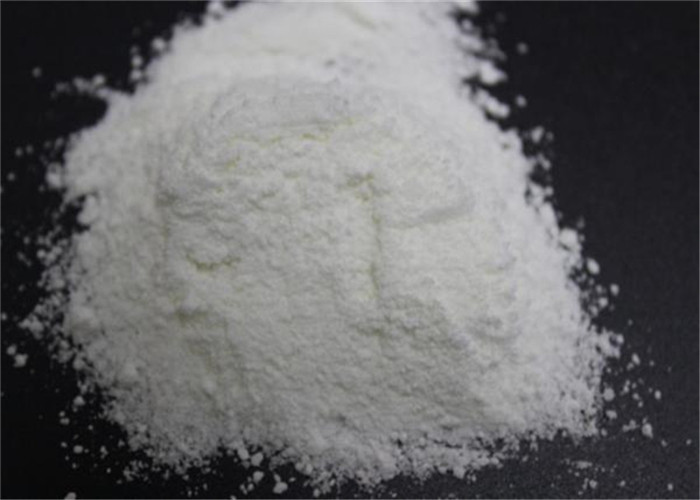
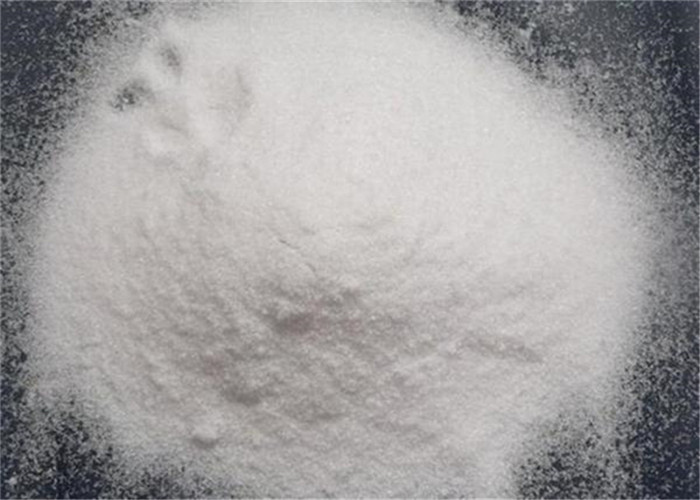
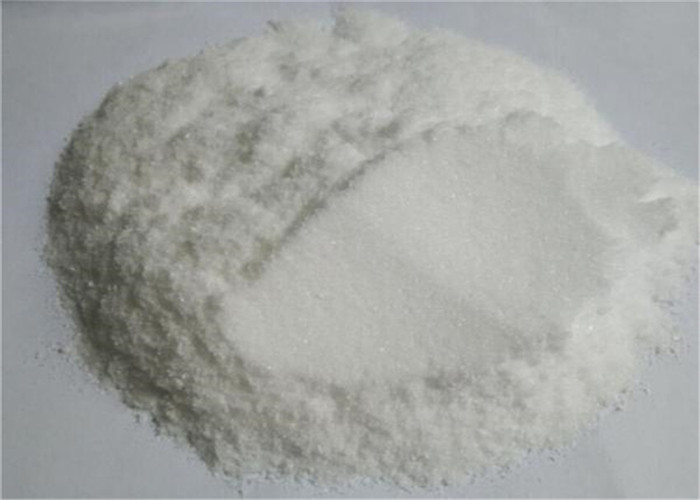
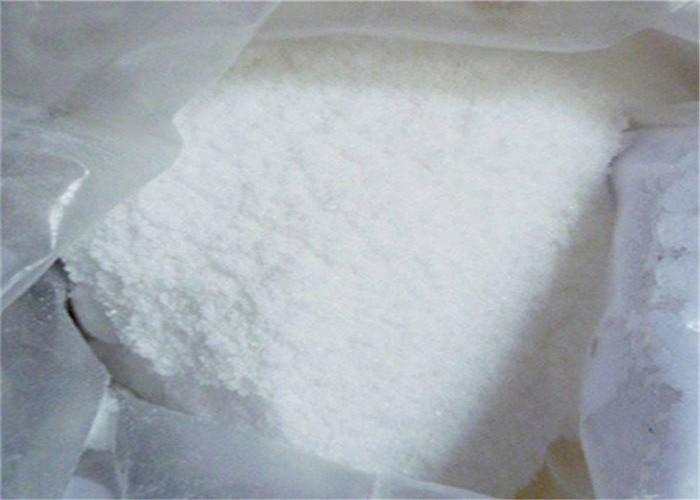
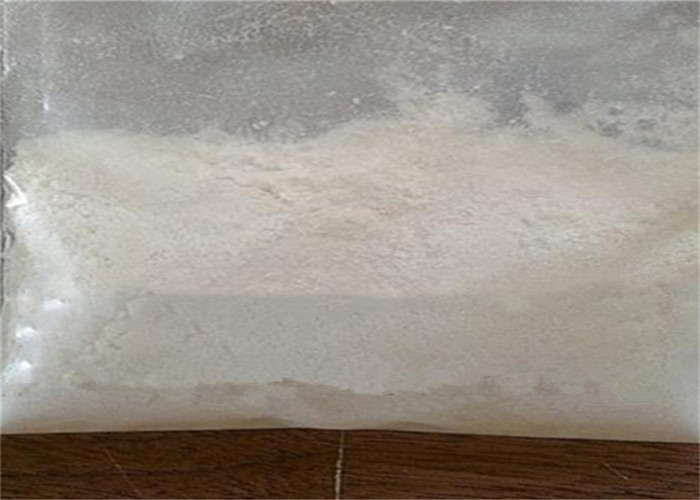
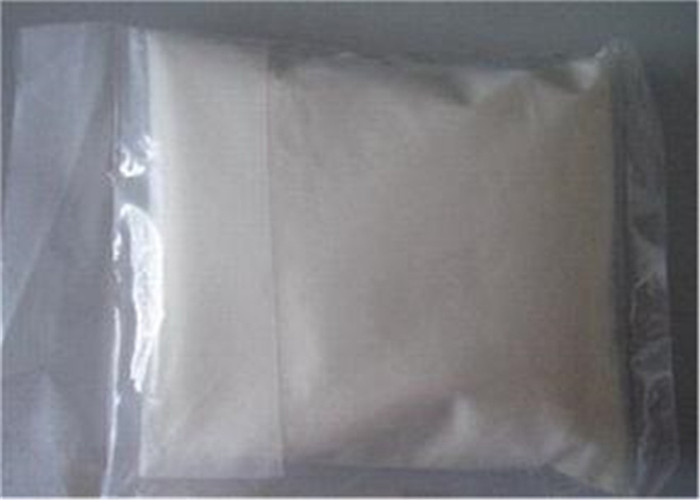



 Verkaufsleiter
Verkaufsleiter